The fall season brings with it the vibrant beauty of autumn leaves, but as they gracefully descend from the trees, they create the inevitable task of leaf cleanup for homeowners. While raking leaves may seem like a daunting chore, it doesn’t have to be arduous. In fact, there are various strategies and tools that can make this task more efficient and environmentally friendly. Moreover, understanding the benefits of leaves for your yard and the ecosystem can change the way you approach this annual autumn tradition. In this article, we will explore ways to streamline leaf cleanup and make it a breeze, while also considering whether you should even rake at all.
1. Wait for the Right Time:

Patience is key when it comes to leaf cleanup. Instead of rushing to rake leaves while the trees are still full, it’s best to wait until the majority of leaves have fallen. By doing so, you’ll save valuable time, as you’ll only have to tackle the job once.
2. Dress Comfortably:
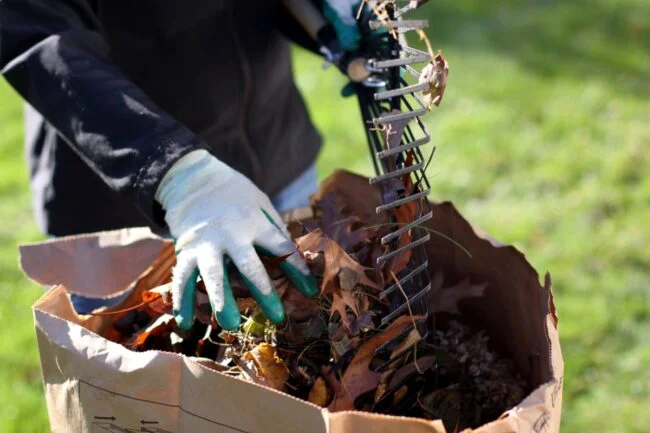
Raking can be a dusty endeavor, so it’s important to wear appropriate clothing. Don a hat, long-sleeved shirt, and long pants for comfort and protection. Work gloves, like the OZERO Flex Grip leather work gloves, are essential for preventing blisters and providing warmth on chilly autumn days.
3. Choose the Right Rake:
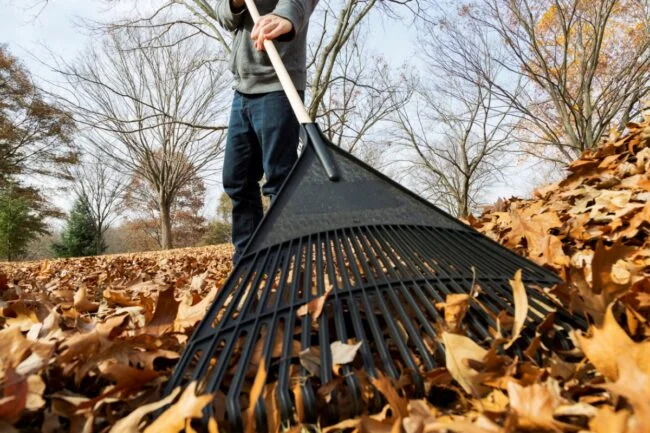
Not all rakes are created equal. Opt for a rake with a wide tine spread, around 30 inches, to efficiently gather leaves. Look for rakes labeled as “no-clog” to prevent blockages caused by pierced leaves.
4. Work with the Wind:

Take advantage of autumn breezes by raking in the direction the wind is blowing. This will help move the dry leaves along and save you from unnecessary effort. However, if the wind is too brisk, it’s best to postpone your raking efforts.
5. Rake in Rows:
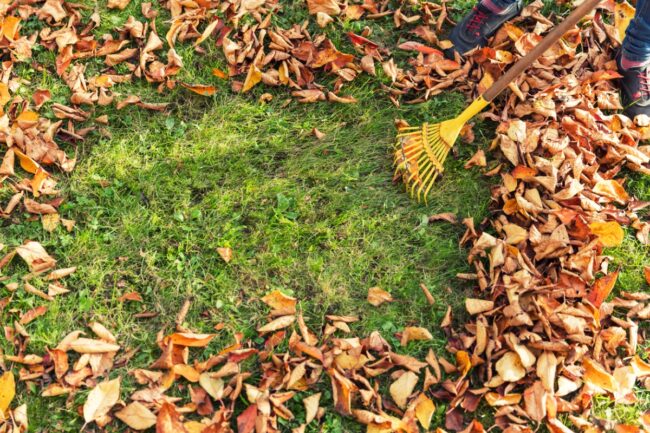
Instead of raking all the leaves into the center of your yard, divide the lawn into quadrants and rake the leaves in each quadrant into rows. This method is more efficient and results in a cleaner lawn.
6. Use Tarps:

Raking and bagging leaves can be time-consuming. Simplify the process by raking the leaves onto a large tarp, then tie the ends together to transport the leaves to a collection center. Some tarps are designed specifically for leaf collection, such as the Rocky Mountain Goods Drawstring Tarp.
7. Bag Smaller Piles:

Bagging leaves immediately is advisable to prevent the wind from undoing your hard work. Use biodegradable bags like the 30-gallon lawn and leaf bags from Tapix to make disposal environmentally friendly.
8. Consider a Leaf Vacuum:
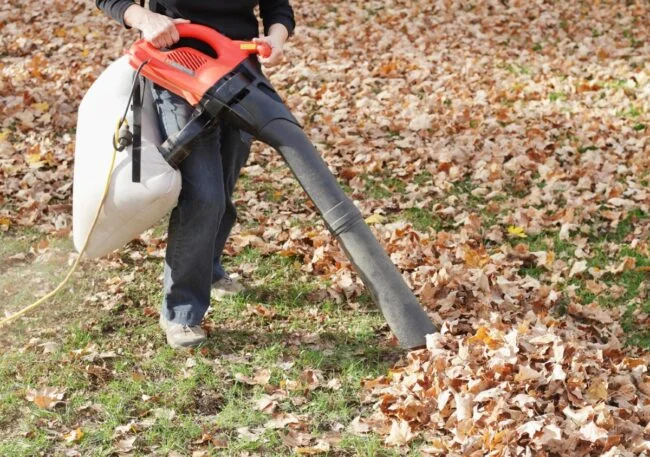
Investing in a leaf vacuum with a shredder can make the leaf removal process more efficient. Leaf vacuums suck up leaves and shred them into small bits, reducing the number of bags needed and enriching the soil beneath.
9. Mow and Mulch:

Mow over small amounts of fallen leaves with a mulching lawn mower to simultaneously remove the leaves and add organic mulch to your lawn. This approach speeds up decomposition and enriches the soil.
10. Use a Leaf Blower:
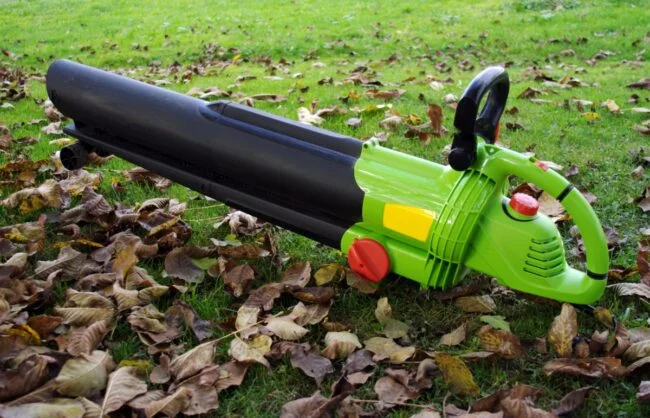
Leaf blowers can be a valuable tool for post-raking cleanup. When used correctly in a grid pattern, they can save time. Electric leaf blowers are a more environmentally friendly option as they produce less pollution.
11. Rake Before Rain:

Raking after a rainstorm can be challenging as the leaves become heavy and clump together. Prioritize leaf cleanup before wet weather sets in to make the task easier.
12. Employ Gentle Sweeping Motions:

When raking leaves, use gentle motions rather than applying downward pressure. The flexible tines of a leaf rake are designed for surface raking, not digging into the lawn.
13. Use Leaf Scoops:
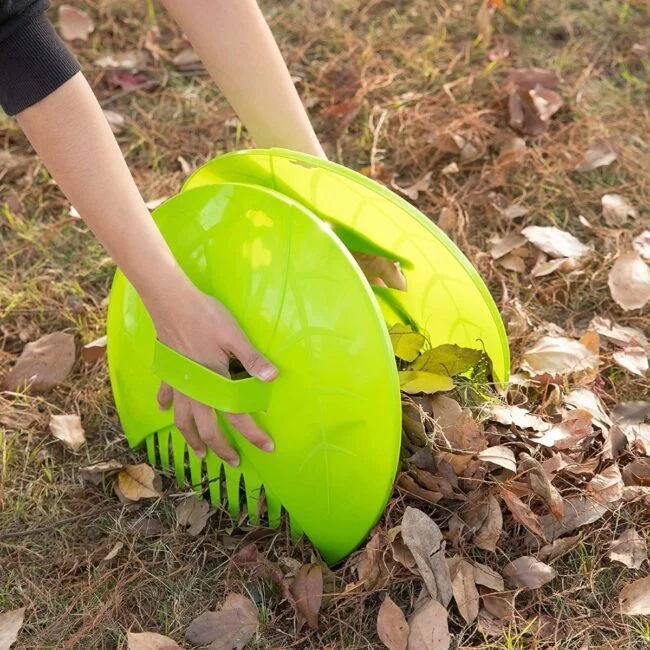
Once leaves are in a pile, picking them up can be labor-intensive. Leaf scoops, worn on both hands, make it easy to lift and transport large amounts of leaves at once.
14. Try Rake Shovels:
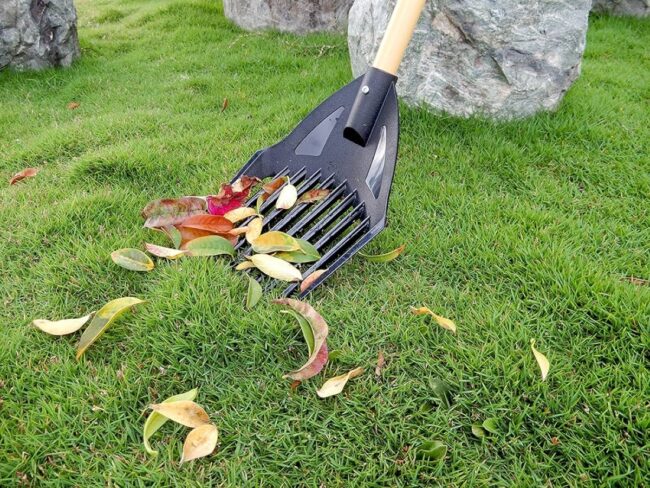
Consider using rake shovels to push leaves along the surface of your lawn. These specialized tools have tines that glide across the lawn, making leaf cleanup more efficient.
15. Stomp Leaves:
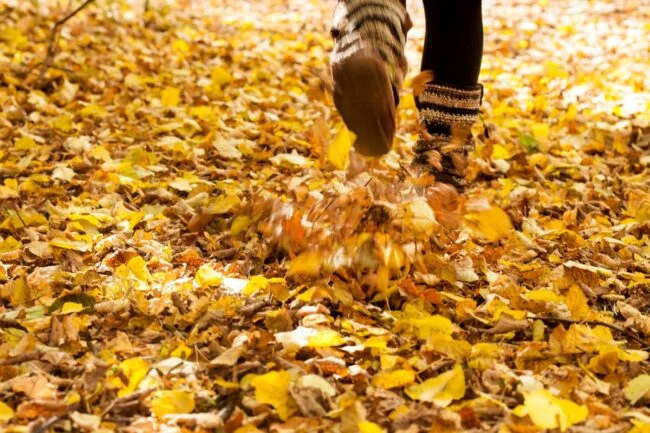
If you need to take a break from raking, stomping on the pile can help compact the leaves and prevent them from blowing away.
16. Embrace the Natural Approach:

Consider leaving some leaves unraked in your yard, which has benefits for both your property and the environment. Leaves create natural mulch that retains soil moisture, suppresses weed growth, and supports insect and small wildlife habitats.
17. Break Up Large Leaves and Thick Layers:
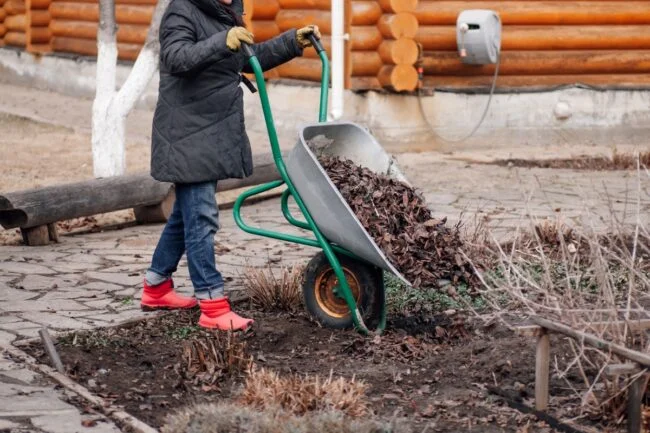
Large and thick leaves left on your lawn can smother the turf and create matted layers. To avoid this, use methods like mulching, vacuuming, or blowing to break up the leaves and repurpose them for mulch in garden beds.
Raking leaves need not be a daunting task. By following these strategies and considering the benefits of leaves for your yard and the environment, you can make leaf cleanup a more efficient and environmentally friendly activity. Whether you choose to embrace the natural approach and leave some leaves unraked or opt for more traditional cleanup methods, there are various options to suit your preferences and needs. Remember to work with the wind, choose the right tools, and dress comfortably to make your autumn leaf cleanup a breeze.
image source : istock photo – Amazon – bobvila – le dauphine










